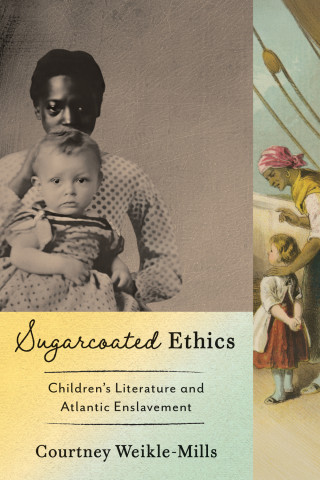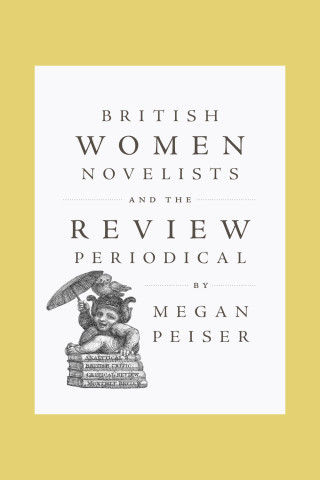
Reviews
Lohafer explores a unique idea, one 'revolv[ing] around an experiment in which one or more readers identify sentences within a story when the text could end.' Lohafer presents student response to this experiment and goes on to analyze a number of short stories... This approach, deconstructive yet traditional, permits the author to open up new possibilities of interpretation.
Lucid, often subtle and artfully constructed interpretations.
In her irresistible, jargon-free style, Susan Lohafer expertly investigates the human response to the mystery of story in an important new study that reveres the text and respects the reader.
The notion of pre-closure in stories is a fruitful one for writers, critics, and readers. Lohafer's analysis is a clever one because it shows how various kinds of readers pre-fashion—even preempt—stories, but also shows how contemporary stories often embody archaic narrative modes. Reading for Storyness would be a useful teaching book.
Book Details
Acknowledgments
Introduction
Chapter 1. Once More Into the Forest of "Young Goodman Brown"
Chapter 2. Preclosure Basics in a Kate Chopin Story
Chapter 3. Preclosing an "Open" Story by Julio Cortazar
Chap
Acknowledgments
Introduction
Chapter 1. Once More Into the Forest of "Young Goodman Brown"
Chapter 2. Preclosure Basics in a Kate Chopin Story
Chapter 3. Preclosing an "Open" Story by Julio Cortazar
Chapter 4. Preclosure and the History of the American Short Story
Chapter 5. Katherine Mansfield and Sandra Cisneros
Chapter 6. Loving (?) Raymond Carver
Chapter 7. Revisting Ann Beattie
Chapter 8. The Largeness of Minimalism in Bobbie Ann MAson
Chapter 9. A Short Story and Its Nonfiction Counterpart
Epilogue
Notes
Works Cited
Index





